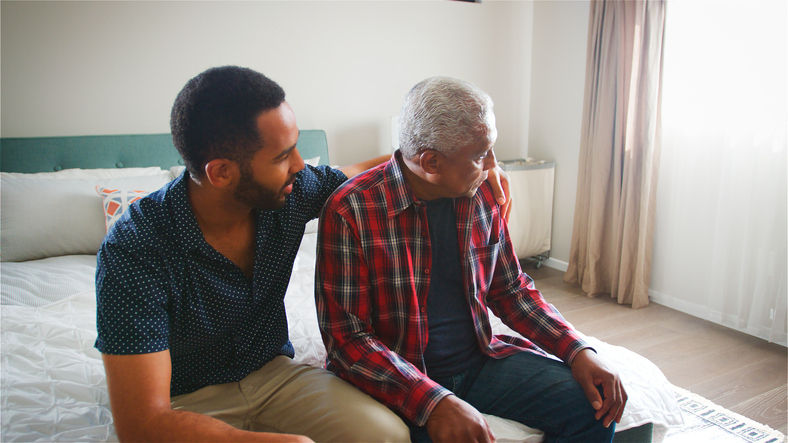Hidden Costs of COVID – Part 5
- Elder Care Law Blogger
- Dec 17, 2020
- 3 min read
Updated: Oct 6, 2022

The first three articles in the “Hidden Costs of COVID” series have focused on the perspectives of residents and family members. The fourth article in the series shared the perspective of a long-term care facility in Madison, Tennessee.
In this bonus fifth installment, we hear from Russell Williams, Executive Director of Elmcroft of Hendersonville, a long-term care facility in Hendersonville that houses older adults in assisted living and memory care settings.
The coronavirus created plenty of unknowns for long-term care facility administrators nationwide, and Russell was no exception. As the situation began to unfold, the Elmcroft leadership team met by phone to discuss their response. At that time, there was a lot of uncertainty about what the future might bring. “No one knew whether this was going to last just a few months or become an ongoing thing,” Russell admitted. “Our residents and their families were especially concerned as news of devastating outbreaks and deaths at other long-term care facilities dominated the news.”
Elmcroft of Hendersonville closed its doors to family visitors in March, and residents were confined to their rooms for several months. Russell acknowledged that the quarantine experience was especially hard on residents. “Everyone was used to regular visits from family members, and being able to eat together, do activities, and socialize with their neighbors. Everyone was used to being able to come and go as they pleased. COVID-19 brought it all to a halt—overnight.”
To help family members stay connected to residents during the quarantine period, Elmcroft supplied Portals, tablet devices that residents could use to communicate with loved ones. For many residents, this virtual connection wasn’t enough. “Loneliness and depression set in for many residents,” Russell said. “There was also physical decline because residents weren’t able to receive physical therapy or occupational therapy.”
When the virus eased in August, life for residents started to return to normal. Though residents were permitted to leave their rooms, not everyone was eager to return to communal life. “About half of our residents were reluctant to venture into common areas of the facility,” Russell said. “They had been confined for so long and they were scared because of the news reports talking about people dying every day.” Some residents were enticed from their rooms by the promise of window visits with family members. Others resumed small group activities, limited to three people at a time. Community dining resumed, with a twist: each table featured a see-through Plexiglass barrier. “Residents loved it and hated it,” Russell said. “It was togetherness with separation.”
Since October, Elmcroft of Hendersonville has allowed residents to meet with family members during monitored sessions each morning and afternoon. Visitors complete a health questionnaire and pass a temperature check upon arrival, and then go straight to the visitation area without walking through the building. Everyone is masked and socially distanced.
Though most people are aware of the risks the coronavirus can present to older adults, Russell has encountered more than a few family members who minimize the seriousness of the situation. Some push back against safety requirements like wearing masks and social distancing; others scoff at limitations on the number of visitors at one time. How does Russell handle those who push the envelope? “We’re nice but firm,” he explained. “Some people view the restrictions as a personal affront or a political statement, but it’s neither. It’s not about us keeping them from their loved ones. It’s about keeping everyone safe.”
Superficial compliance with safety guidelines has been another challenge. “People who are coming to pick up a resident may arrive with a mask on,” Russell explained. “But as soon as they take their loved one outside, all the masks come off and they’re hugging. If they’re doing that right here in full view of everyone, what are they doing out in the world? They’re obviously not taking precautions. That resident will come back in after being exposed to COVID and it could spread like wildfire.
Russell noted that residents who leave the facility and go out in the world with family members can expect a seven-day quarantine when they return. “I don’t know what else they need to see to understand that it is real,” he said. “I’ve been in facilities where the virus has run rampant and people were dying every day. Fortunately, that hasn’t happened here, and for that, we are very grateful.”







Comments